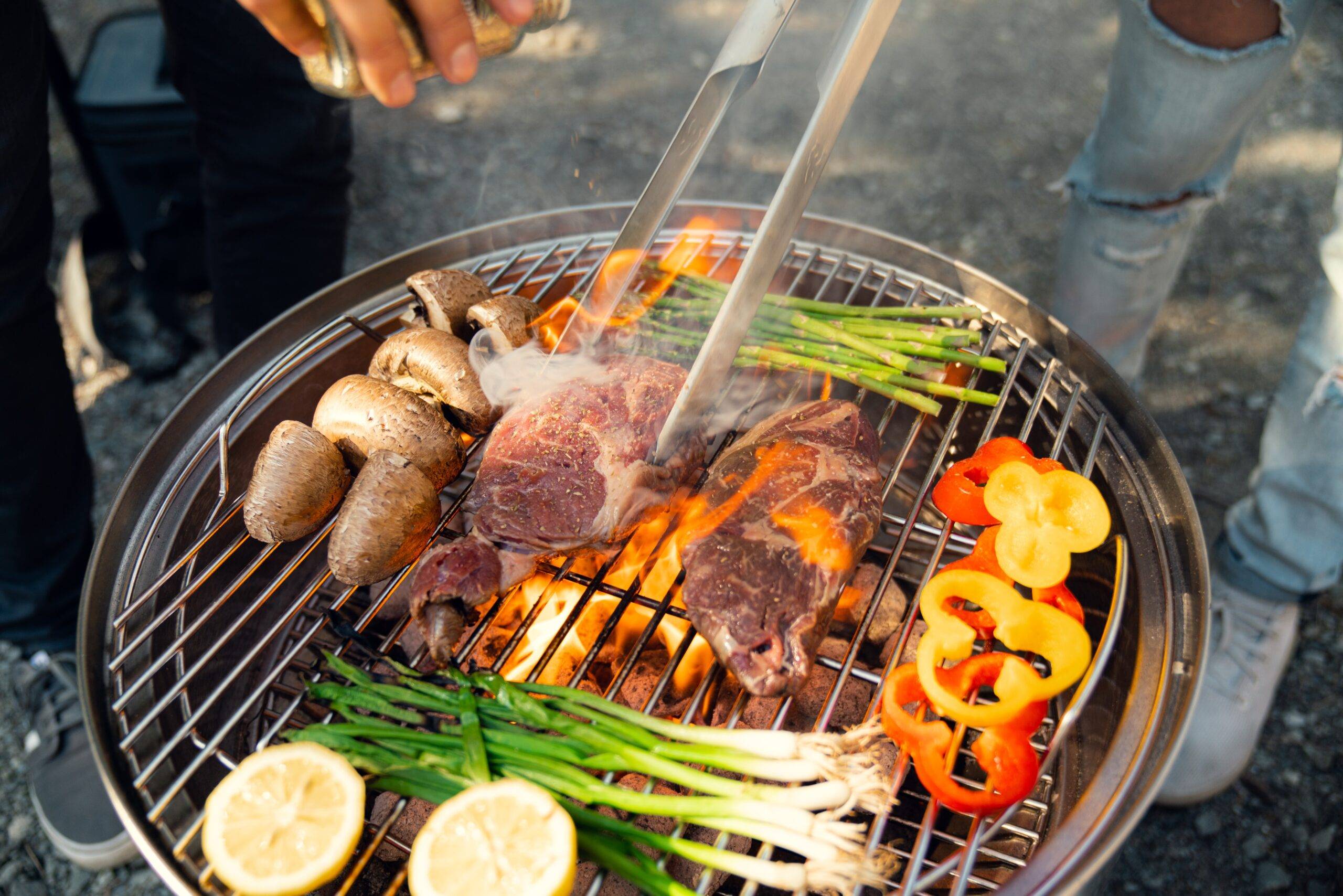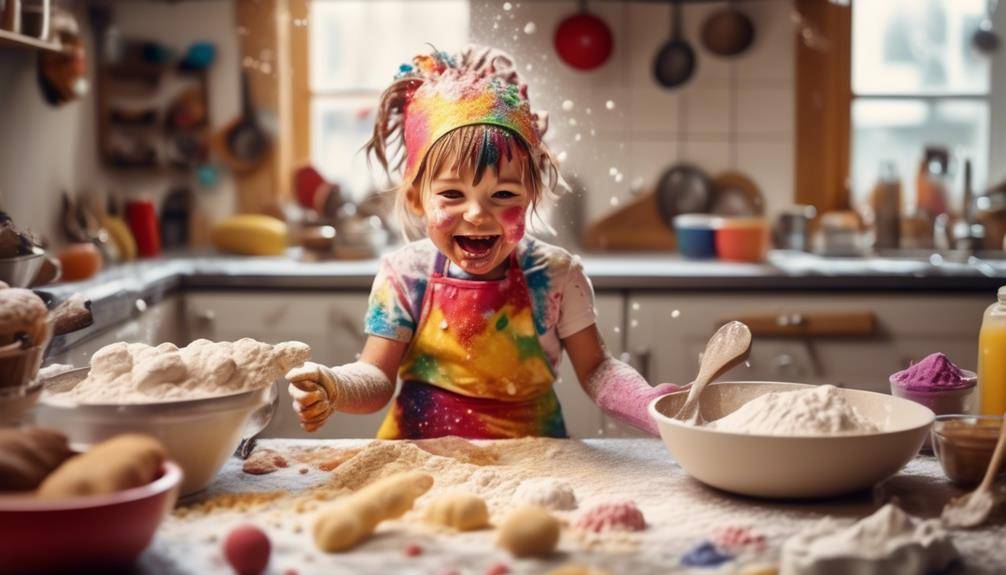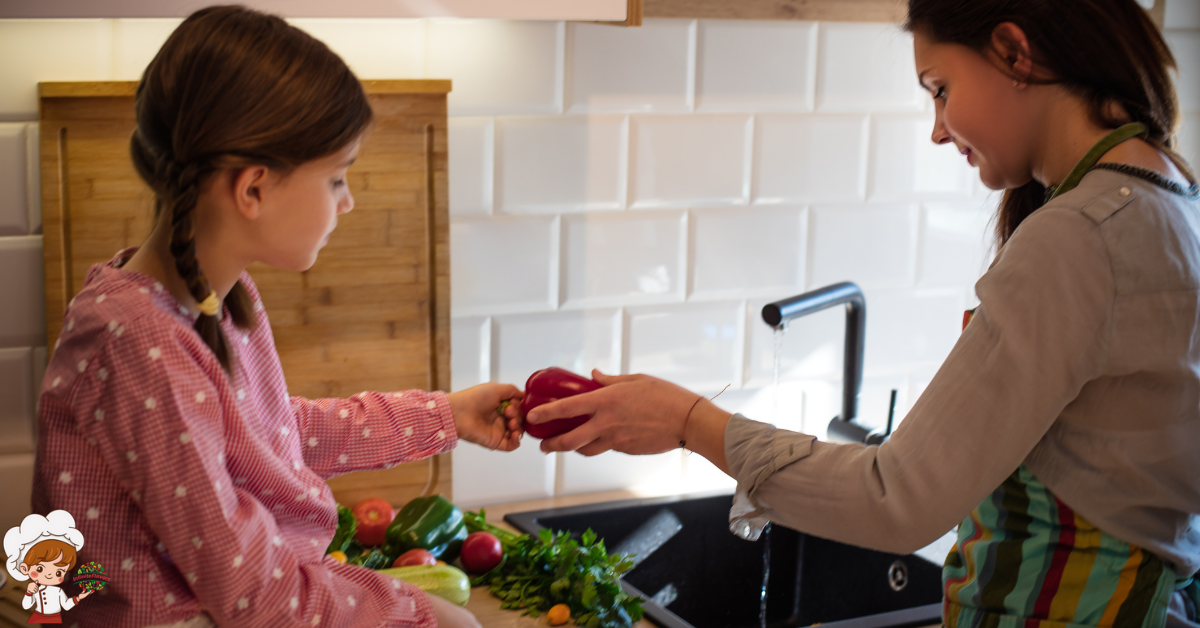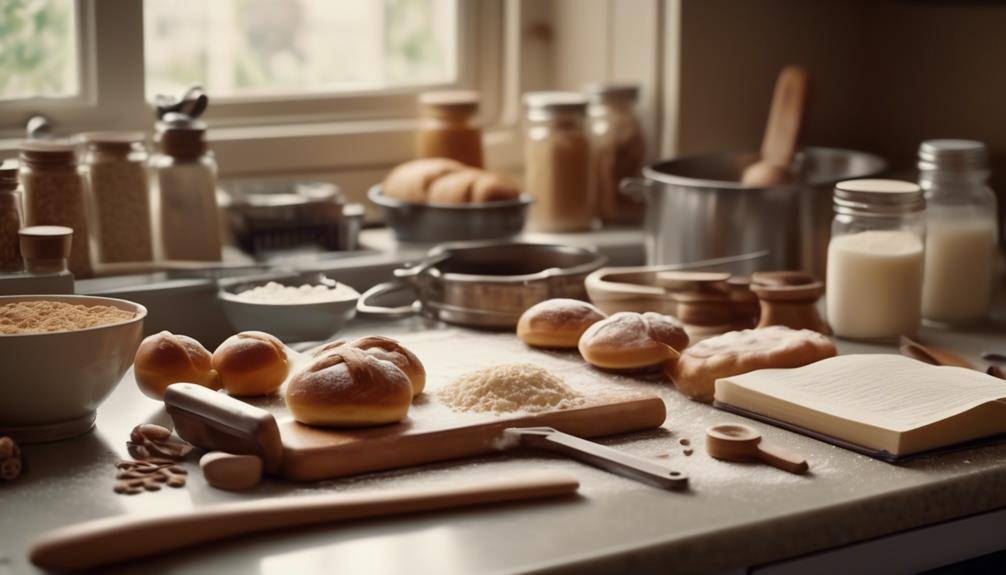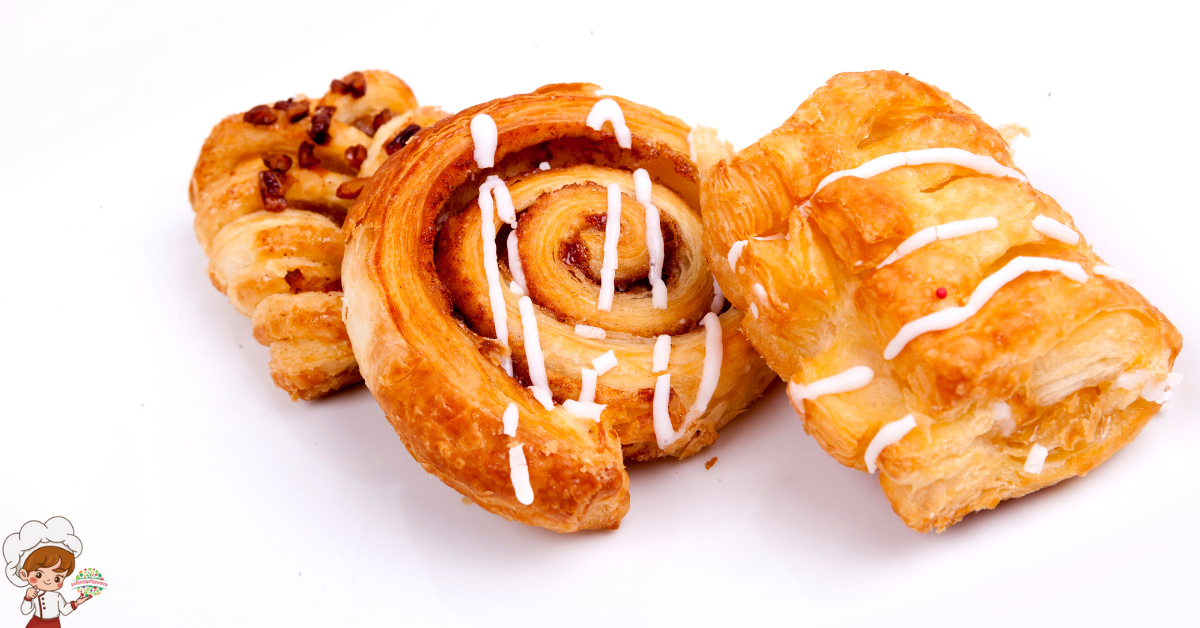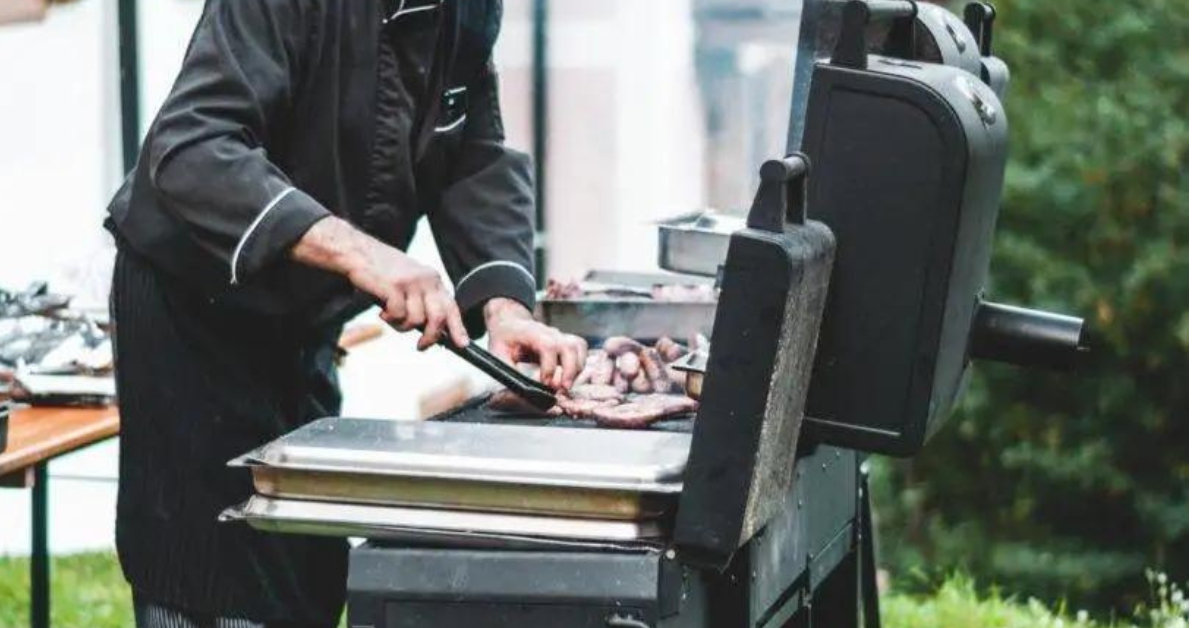The Best Ingredients and Techniques to Bake a Wedding Cake

The Best Ingredients and Techniques to Bake a Wedding Cake
Bake a Wedding Cake: Imagine yourself in a beautiful, elegant wedding venue. As you take in the breathtaking surroundings, your attention is immediately drawn to the centerpiece of the room – a magnificent tiered wedding cake that looks almost too perfect to eat. Have you ever wondered what it takes to create such a masterpiece?
Well, look no further. In this guide, we will walk you through the essential ingredients and techniques needed to bake your very own stunning wedding cake. From choosing the perfect flavors and fillings to mastering the art of frosting and decorating, you’ll discover all the secrets to creating a cake that will leave your guests in awe. So, let’s dive in and make your dream wedding cake a reality!
Choosing the Perfect Cake Flavors
When choosing the perfect cake flavors for your wedding, you’ll want to consider a variety of options that will appeal to all of your guests’ taste preferences. One important aspect to consider is customized designs. Many couples nowadays opt for personalized designs that reflect their unique personalities and wedding themes. For example, if you and your partner love the beach, you may want to consider a cake design that incorporates seashells and ocean colors. This personal touch adds an extra layer of excitement and meaning to your wedding cake.
In addition to customized designs, unique flavor combinations can elevate your wedding cake to the next level. Gone are the days of traditional vanilla and chocolate options. Nowadays, couples are experimenting with bold and unexpected flavors that leave a lasting impression on their guests. Some popular choices include salted caramel, lavender-lemon, and even chai spice. By opting for these unique flavors, you can surprise and delight your guests, making your wedding cake a memorable part of your special day.
It’s important to keep in mind that while customized designs and unique flavor combinations are exciting, it’s also crucial to consider the preferences of your guests. Not everyone may be adventurous when it comes to cake flavors, so it’s a good idea to offer some traditional options alongside the more unconventional ones. This way, you can ensure that there is something for everyone, catering to different tastes and preferences.
Selecting the Right Fillings
When it comes to selecting the right fillings for your wedding cake, there are plenty of popular options to consider. From classic choices like vanilla buttercream and chocolate ganache to more unique flavors like raspberry mousse or lemon curd, the possibilities are endless. Pairing the right filling with your chosen cake flavors is key to creating a harmonious and delicious combination. Additionally, don’t be afraid to customize your fillings to suit your personal tastes and preferences as a couple.
Popular Filling Options
To select the right fillings for your wedding cake, begin by considering the preferences of you and your partner. When it comes to filling options, there are countless possibilities to choose from. You can experiment with different filling combinations to create a unique and delicious cake that will leave your guests wanting more. Some popular filling flavors include classic options like vanilla, chocolate, and strawberry.
However, if you’re looking for something more adventurous, you can try unique flavors like salted caramel, lemon curd, or even matcha green tea. Don’t be afraid to mix and match flavors to create a filling that perfectly complements your cake layers. Remember, the filling is an important component of your wedding cake, so take the time to find the perfect combination that reflects your taste and style.
Pairing Fillings With Flavors
To pair the right fillings with flavors for your wedding cake, consider your preferences and experiment with different combinations to create a unique and delicious cake that will leave your guests wanting more. Cake pairing is all about finding the perfect balance between flavors. Some classic combinations include chocolate cake with raspberry filling, vanilla cake with lemon curd, and red velvet cake with cream cheese filling.
If you’re feeling adventurous, you can try unconventional pairings like coconut cake with mango filling or almond cake with lavender buttercream. It’s important to consider the overall taste profile and the texture of the filling. For example, a light and fruity filling can complement a rich chocolate cake, while a creamy filling can add depth to a light vanilla cake. Don’t be afraid to get creative and have fun with different flavor combinations to make your wedding cake truly unforgettable.
Customizing Fillings for Couples
Customize the fillings for your wedding cake by selecting the perfect flavors that reflect you and your partner’s taste preferences. When it comes to customizing flavors, the possibilities are endless. Start by considering your favorite flavors and think about how they can be incorporated into your cake. For a classic and elegant option, you can go for a traditional vanilla or chocolate filling. If you want to add a twist, consider unique combinations like raspberry and lemon, or salted caramel and chocolate. Don’t be afraid to get creative and experiment with flavors that excite you. Remember, the goal is to create a cake that is not only visually stunning but also a delicious representation of your love story.
Preparing the Cake Batter
Mix all the necessary ingredients together to create a smooth and creamy cake batter. Preparing the cake batter is a crucial step in baking a wedding cake, as it determines the texture and flavor of the final product. Here are some tips to help you achieve the perfect cake batter for your special occasion:
- Choosing the right pans:
- Opt for high-quality, non-stick pans that are specifically designed for baking wedding cakes. These pans ensure even heat distribution and prevent the cake from sticking to the bottom.
- Consider using round pans with straight sides, as they allow for easier stacking and decorating of multiple tiers.
- Tips for preventing cake from sticking:
- Grease the pans thoroughly with butter or cooking spray, making sure to coat every surface. Alternatively, you can line the pans with parchment paper for easy removal.
- Dust the pans with flour after greasing to create a non-stick surface. This will prevent the batter from sticking to the sides of the pan.
- Mixing the ingredients:
- Start by creaming the butter and sugar together until light and fluffy. This step incorporates air into the batter, resulting in a lighter texture.
- Gradually add the eggs, one at a time, beating well after each addition. This ensures a smooth and well-incorporated batter.
- Alternate adding the dry ingredients (flour, baking powder, salt) and the liquid ingredients (milk, vanilla extract) to the butter mixture. Mix until just combined, avoiding overmixing, which can lead to a dense cake.
- Achieving a smooth batter:
- Use a stand mixer or hand mixer on low speed to avoid overmixing the batter. Overmixing can develop gluten, resulting in a tough cake.
- Scrape down the sides of the bowl regularly to ensure all ingredients are fully incorporated.
- Aim for a smooth and lump-free batter by thoroughly mixing all the ingredients together.
Baking the Cake Layers
To ensure a perfectly baked wedding cake, you need to accurately monitor the baking process for your cake layers. One important factor to consider is the thickness of your cake layers. The ideal thickness for wedding cake layers is typically around 1 to 1.5 inches. This allows for a good balance between structure and moisture. If the layers are too thin, they may dry out quickly, while if they are too thick, they may not bake evenly.
When it comes to layering techniques, there are a few options to consider. One common technique is to bake each layer separately in individual cake pans. This ensures that each layer bakes evenly and can be easily stacked later on. Another technique is to bake larger cake layers and then divide them into smaller layers once cooled. This can be done by using a serrated knife or a cake leveler to carefully cut the cake horizontally into separate layers.
Regardless of the layering technique you choose, it is important to always use a timer when baking your cake layers. This will help you keep track of the baking time and ensure that your layers are not over or undercooked. Additionally, it is recommended to rotate the cake pans halfway through the baking process to promote even baking.
Mastering the Art of Frosting
To achieve a beautifully frosted wedding cake, you need to carefully spread the frosting using an offset spatula. Here are some tips to help you master the art of frosting:
- Customizing Frosting Flavors: One way to make your wedding cake stand out is by customizing the frosting flavors. Experiment with different extracts, such as almond or lemon, to add a unique twist to your frosting. You can also incorporate ingredients like cocoa powder, coffee, or fresh fruit puree to create delightful flavors that complement your cake layers.
- Troubleshooting Common Frosting Issues: Frosting can sometimes present challenges, but with a few troubleshooting techniques, you can overcome them. If your frosting is too thin, try adding powdered sugar gradually until you achieve the desired consistency. On the other hand, if your frosting is too thick, you can thin it out by adding a small amount of milk or cream. To prevent air bubbles in your frosting, make sure to mix it on low speed and scrape down the sides of the bowl frequently.
- Achieving Smooth and Even Frosting: To achieve a smooth and even frosting, start by applying a thin layer, known as a crumb coat, to seal in any loose crumbs. Chill the cake for about 15 minutes before applying the final layer. When spreading the frosting, hold the offset spatula at a slight angle and apply gentle pressure as you glide it across the cake’s surface. Take your time and work in small sections to ensure an even coat.
- Adding Decorative Touches: Once you have frosted the cake, you can add decorative touches to make it visually appealing. Use a piping bag and different tips to create beautiful borders, flowers, or other designs. You can also add texture by using a cake comb or a fork to create patterns on the sides of the cake.
Decorating Techniques for a Stunning Design
When it comes to decorating your wedding cake, you have two main options: fondant or buttercream. Fondant provides a smooth and polished finish, while buttercream offers a more rustic and creamy texture. Once you’ve chosen your base, you can explore different decorating techniques such as edible embellishments or piping to add intricate details. Lastly, consider your color palette choices to create a stunning design that complements your wedding theme.
Fondant or Buttercream
You can achieve a stunning design for your wedding cake by using either fondant or buttercream as your decorating technique. Both options offer unique advantages and can create a beautiful finished product. Here are some key points to consider when deciding between fondant and buttercream:
- Appearance: Fondant gives a smooth, polished look to your cake, while buttercream creates a more rustic and textured appearance.
- Versatility: Fondant allows for intricate details and designs, making it perfect for sculpting figurines or creating elaborate patterns. Buttercream, on the other hand, is more versatile for creating soft textures, flowers, and rosettes.
- Taste: Buttercream is known for its rich and creamy flavor, while fondant has a sweeter, marshmallow-like taste. Consider your preference and your guests’ palates when making a choice.
- Fresh flowers: Both fondant and buttercream can be decorated with fresh flowers. However, it is important to properly prepare the flowers and ensure they are safe for consumption.
Ultimately, the decision between fondant and buttercream depends on your desired look and taste. Consider the factors mentioned above to create a stunning wedding cake that suits your style and preferences.
Edible Embellishments or Piping
If you chose to use fondant or buttercream for your wedding cake, now it’s time to explore the various edible embellishments and piping techniques that can be used to create a stunning design. Edible decorations and cake piping techniques are essential for adding beauty and personalization to your cake. Edible embellishments can range from delicate sugar flowers to intricate designs made from edible pearls or gold leaf.
Piping techniques, on the other hand, involve using a piping bag and various tips to create patterns, borders, and intricate details on the cake’s surface. Some popular piping techniques include rosettes, ruffles, basketweave, and lacework. By incorporating these edible decorations and mastering cake piping techniques, you can transform your wedding cake into a work of art that will leave your guests in awe.
Color Palette Choices
To create a visually stunning design for your wedding cake, consider the color palette choices and decorating techniques that will bring your vision to life. The right color palette can make a huge impact on the overall look and feel of your cake design. Here are four key points to keep in mind when making your color palette choices:
- Harmonious hues: Choose colors that complement each other and create a cohesive look. Consider using shades that match your wedding theme or floral arrangements for a harmonious effect.
- Contrast and pop: Incorporate contrasting colors to add visual interest and make certain elements of your cake stand out. This can be achieved by using bold and vibrant hues alongside softer tones.
- Metallic accents: Add a touch of elegance and glamour to your cake by incorporating metallic accents such as gold, silver, or rose gold. These can be used for intricate detailing or as a base color for a luxurious look.
- Ombré effect: Create a stunning gradient effect by using different shades of the same color or transitioning from one color to another. This technique adds depth and dimension to your cake design.
Tips for Stacking and Assembling the Layers
When stacking and assembling the layers of your wedding cake, begin by preparing a sturdy base for the tiers. This is crucial to ensure stability and prevent any mishaps. Start by placing a cardboard cake round on the base of each tier. These rounds should be slightly larger than the cake itself, providing support and preventing the layers from sinking into each other.
To stack the tiers, use a dowel rod or plastic cake dowels to provide additional support. Measure the height of the bottom tier and cut the dowels to match. Insert the dowels into the cake, evenly spaced in a circle within the perimeter of the tier. This will allow the weight of the upper tiers to be evenly distributed.
Before assembling the layers, it’s essential to level each cake. Use a cake leveler or a serrated knife to trim any domed tops and ensure that the layers are even and flat. Apply a thin layer of frosting between each layer to act as a glue and hold the tiers together.
When assembling the cake, it’s helpful to have a cake lifter or a large spatula to carefully transfer each layer onto the base. Start with the bottom tier and work your way up. Gently press each layer down to secure it in place. Make sure the layers are aligned and centered to maintain a clean and professional appearance.
Finally, once all the layers are stacked, apply a crumb coat of frosting to seal in any loose crumbs. This will create a smooth surface for the final layer of frosting. Take your time and use a palette knife or an offset spatula to spread the frosting evenly over the entire cake.
Storing and Transporting the Finished Cake
To ensure the safe transport and storage of your finished wedding cake, wrap it securely in plastic wrap and place it in a sturdy, airtight cake box. This will help protect the cake from any damage during transportation and preserve its freshness for the big day. Here are some storing techniques and transportation tips to keep in mind:
- Choose the right container: Invest in a cake box that is specifically designed for transportation. Look for a sturdy box that is big enough to accommodate the size of your cake and has a tight-fitting lid to prevent any air or moisture from getting in.
- Secure the cake: Before placing the cake in the box, make sure it is properly supported. Place non-slip mats or damp paper towels at the bottom of the box to prevent the cake from shifting during transportation. You can also use dowels or bubble straws to provide additional stability between the cake layers.
- Keep it cool: If possible, store the cake in a cool, dry place away from direct sunlight or heat sources. Avoid refrigerating the cake unless it contains perishable fillings or frostings that require refrigeration.
- Handle with care: When transporting the cake, hold the box from the bottom to provide extra support. Avoid tilting or shaking the box as it can cause the cake to shift or collapse. If necessary, enlist the help of a friend or family member to ensure a smooth and steady journey.
Frequently Asked Questions
How Far in Advance Should I Start Preparing the Cake Batter?
You should start preparing the cake batter for your wedding cake a few days in advance. This will give you enough time to make any adjustments and ensure the batter is perfect. When storing the batter, make sure to cover it tightly and refrigerate it for up to 48 hours.
Can I Use a Different Filling Than the Ones Mentioned in the Article?
Yes, you can definitely use alternative filling options for your wedding cake. Substituting fillings can add a unique and personalized touch to your cake. Get creative and choose flavors that you and your partner love!
What Alternative Frosting Techniques Can I Use to Create a Unique Design?
To create a unique design for your wedding cake, consider alternative frosting techniques like buttercream flowers, rosettes, or basketweave. You can also add edible decorations, such as fondant cutouts or piped designs, to enhance the overall look.
How Do I Prevent the Cake Layers From Sticking to the Pan While Baking?
To prevent sticking cake layers, grease the pans with butter or cooking spray, then line them with parchment paper. Dust the pans with flour and tap out any excess. Alternatively, use non-stick pans or silicone molds.
Are There Any Special Considerations for Transporting the Cake in Hot Weather?
When transporting a wedding cake in hot weather, there are a few challenges to consider. To preserve the cake, ensure it is properly cooled, use sturdy cake boards, and keep it in a cool, shaded area.
Conclusion
In conclusion, baking a wedding cake requires careful consideration of flavors, fillings, batter preparation, baking techniques, frosting skills, and decorating techniques. It is important to select the perfect combination of flavors and fillings to suit the couple’s taste. Mastering the art of frosting and decorating is essential to create a stunning design. Proper stacking and assembling techniques ensure a stable and visually appealing cake. Lastly, storing and transporting the finished cake safely is crucial for a successful wedding cake experience.



